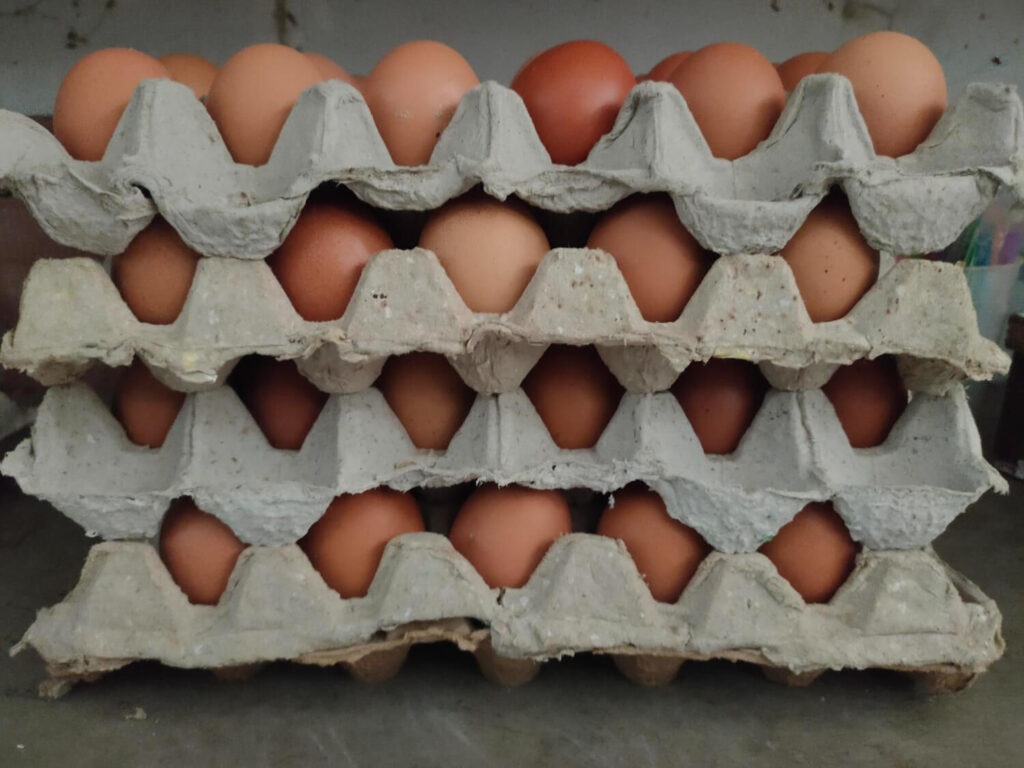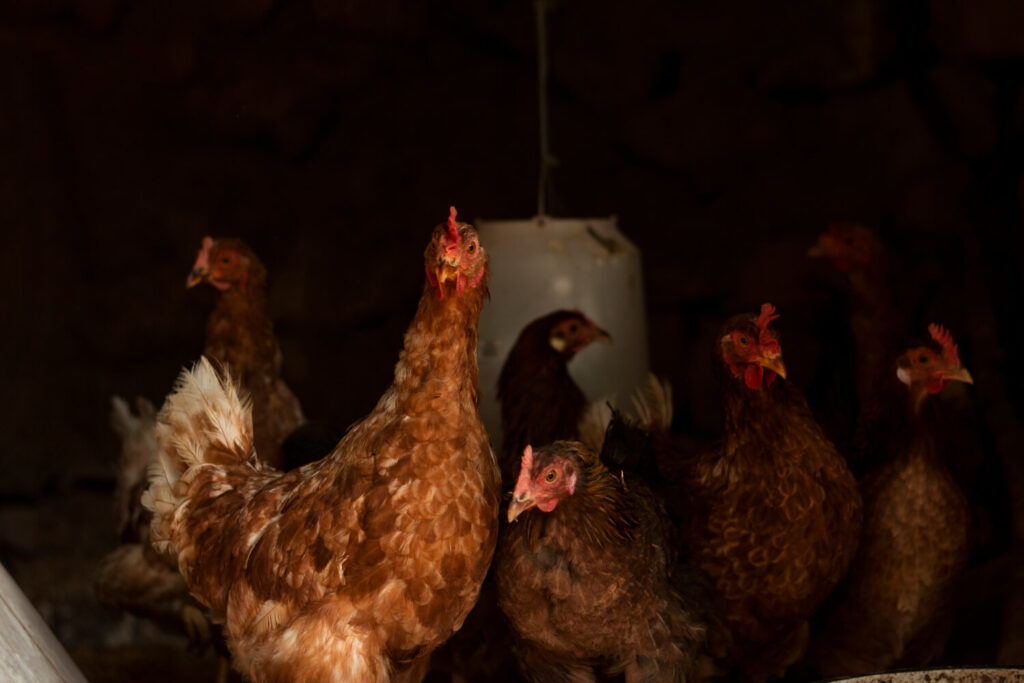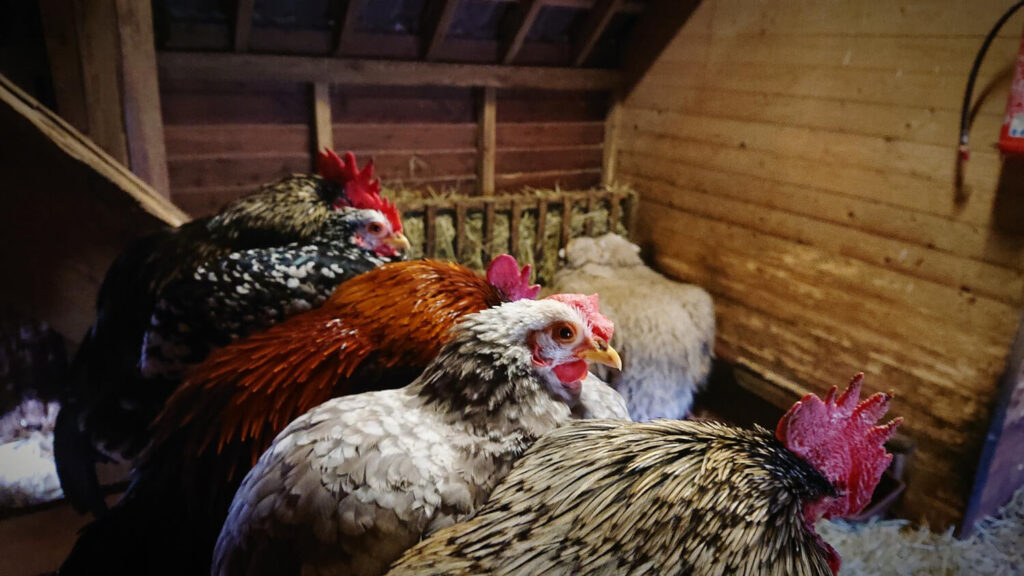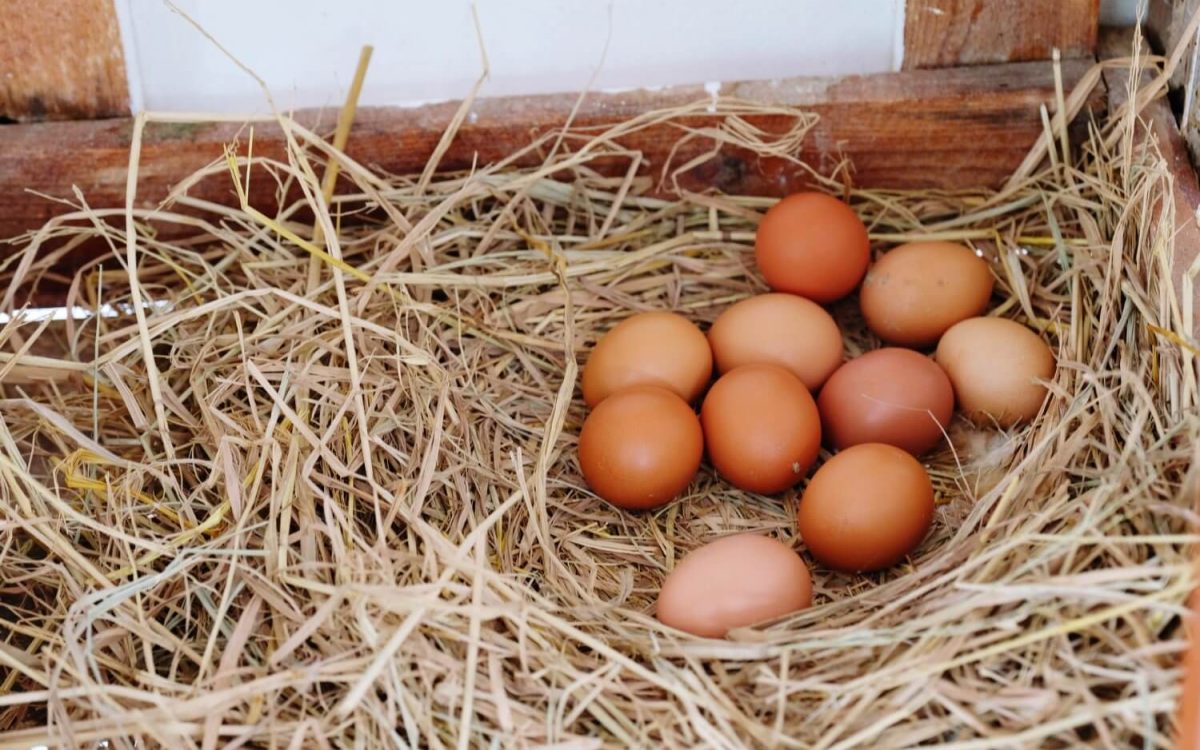These days, finding fresh eggs has become a lot harder than it used to be. Grocery store shelves aren’t always stocked like they once were, and when eggs are available, prices have shot through the roof. It’s no wonder so many Americans have turned to backyard chicken egg production to secure a steady food supply. But even when you’re raising your hens, there’s nothing more frustrating than heading out to the coop and finding empty nesting boxes, day after day, when you were counting on a full basket.
For preppers and folks serious about self-reliance, this isn’t just a small setback. It’s a real problem that can throw off your entire food plan. A lot of backyard chicken keepers face sudden drops in egg production without knowing what caused it. They feed their hens, clean the coop, fend off predators, and still, the eggs stop coming. If you’re counting on those eggs as a steady source of protein, losing them hits harder than you might expect.
The truth is, there’s one simple mistake that causes more egg shortages than anything else. It’s not predators raiding your coop. It’s not aging hens that can’t lay anymore. It’s something far easier to fix if you know what to look for. And the sooner you catch it, the faster you can get your backyard chicken egg production back on track.
Why Fresh Eggs Matter More Than Ever

You don’t have to look far to see the food system’s in rough shape. Grocery prices keep climbing, shelves don’t always stay full, and every few weeks, there’s another big recall or supply chain mess in the news. Even simple things like eggs, something you used to grab without thinking, have gotten pricey, and in some places, downright hard to find. That’s a big reason so many folks have turned to backyard chicken egg production, taking matters into their own hands before the next shortage leaves them empty-handed.
In a survival situation, few foods are more valuable than fresh eggs. They’re one of the best complete proteins you can raise at home, packed with essential nutrients your body needs when times get tough. Eggs are easy to cook, trade, and store, making them a smart cornerstone of any prepper’s food plan. When your chickens are laying steadily, you have a renewable source of calories, fat, and protein, everything your body will desperately need if the stores stay empty for weeks or months at a time.
Other Article: What the Amish Know About Economic Survival That You Don’t
Keeping your hens producing isn’t just about saving a little money on groceries; it’s about survival. Reliable backyard chicken egg production can mean the difference between struggling through a collapse and having a sustainable food source you can count on. That’s why protecting your flock’s output is a serious prepping skill, not just a hobby for quieter times.
The Silent Killer of Your Egg Supply

One of the biggest mistakes backyard chicken keepers make is failing to maintain the right amount of light inside the coop. Without proper light exposure, even the healthiest hens will start slacking off or stop laying altogether. Many preppers spend a lot of time focusing on feed and predator protection, but overlook how critical light is to daily egg production.
Chickens rely on light to trigger their laying cycle. Their bodies are wired to respond to the number of daylight hours, and when the days grow shorter, so does their motivation to lay. Most hens need about 14 to 16 hours of light every day to keep up steady backyard chicken egg production. When they don’t get enough, their systems naturally slow down, and egg production can stall completely without warning.
Shorter days sneak up faster than most people realize. As fall creeps in, daylight hours shrink fast, and by winter, your hens might be getting less than ten hours of light without any extra help. Even seasoned backyard chicken owners get caught off guard, blaming cold weather or thinking it’s just “normal” for production to drop. Light, not temperature, is often the real culprit behind empty nesting boxes.
Other Article: Lessons from 2024 to Enhance Your 2025 Preparedness
When you’re prepping for uncertain times, depending on seasonal changes isn’t an option. Fresh eggs aren’t just a bonus, they’re a dependable food source that needs to keep coming year-round. Waiting for spring to fix the problem could leave you short on protein when you need it most. To stay ready, you have to manage your flock’s light exposure now, before shortages hit harder.
How This One Mistake Snowballs Into Bigger Problems
Failing to manage light exposure doesn’t just cut down the number of eggs your hens produce; it creates a chain reaction inside the coop. Chickens that aren’t laying regularly often get bored, stressed, or frustrated. That’s when bad habits like egg-eating start to show up. Once a hen gets a taste for eggs, it’s hard to break the cycle. On top of that, hens may stop using the nest boxes altogether, laying in random, hidden spots around the coop or even outside, making it much harder to collect what little they do produce.
Every lost egg isn’t just a missed breakfast, it’s lost protein, lost fat, and lost calories your survival plan counted on. Stress doesn’t just affect one hen either; it ripples through the whole flock, dragging down overall health and lowering egg quality across the board. In a real crisis, when every calorie matters, you can’t afford to let a preventable mistake spiral into a full-blown food shortage right in your backyard.
How to Fix It Before It’s Too Late

Getting your backyard chicken egg production back on track isn’t complicated, but you need to act before the damage piles up. Start by adding a low-wattage light inside the coop. Set it on a timer so the hens get a total of 14 to 16 hours of light each day, combining natural daylight with your supplemental light. Consistent exposure keeps their biological clock ticking the way it should, even when winter days are short.
Not just any light will do. Hens don’t respond well to harsh, blinding bulbs. Bright, unnatural lighting can stress them out and backfire. Instead, use a gentle, warm-colored bulb that mimics natural sunlight. Soft lighting gives them what they need without making the coop feel like an interrogation room.
Comfort matters too. If the nesting boxes are dirty, overcrowded, or hard, hens might refuse to use them altogether. Clean the boxes regularly and make sure they’re lined with soft straw or bedding. Comfortable nesting spots encourage daily laying and help prevent chickens from laying eggs in hidden corners where they’re easily missed or damaged.
Feed quality plays a huge role during the shorter daylight months. Hens need a diet high in protein and calcium to keep up production when their bodies are under more strain. Stick with high-quality layer feed and avoid loading them up with too many treats or scratch grains, which throw off their nutrition balance. If you’re serious about how to increase egg production in chickens, diet is non-negotiable.
Other Article: Protecting Your Garden from Pests in a Survival Scenario
Finally, consistency makes the difference between a thriving flock and one that slowly falls apart. Chickens crave routine. Feed them, water them, and light their coop at the same time every day. Stress from sudden changes, even small ones, can send egg production spiraling, even if you have the lighting right. Keeping their environment steady keeps the eggs coming, even through the darkest months.
Watch Out for These Extra Egg-Loss Traps
Even with perfect lighting, backyard chicken egg production can still take a hit if predators get involved. Snakes, rats, raccoons, and other critters love fresh eggs as much as you do. A small gap in the coop, an unsecured vent, or a flimsy door is all it takes for a thief to slip in and start helping themselves. Securing the coop tightly, reinforcing weak points, and checking for signs of intrusion should be a regular part of your chicken-keeping routine if you want to keep your food supply safe.
Stress inside the coop plays a major role, too. Overcrowding birds into small spaces or exposing them to constant noise and disruption wears them down. Stressed hens don’t lay well, and they become more prone to health problems that hurt production even further. Giving each bird enough room to roost, scratch, and nest without constant disturbance is one of the best chicken egg-laying tips you can follow for a stronger, healthier flock.
Simple habits like collecting eggs daily can make a bigger difference than you might think. When eggs are left in the nesting boxes too long, some hens get curious, and that’s how egg-eating behavior starts. Once they figure it out, it’s hard to stop. Gathering eggs regularly keeps the nesting boxes clean, reduces temptation, and encourages your hens to stay focused on what you want them to do: lay fresh eggs every single day.
Maintaining a steady flow of fresh eggs isn’t just a lucky break, it’s the result of smart, simple steps that start with managing light. Avoiding the silent mistake of letting daylight hours slip without support can keep your backyard chicken egg production strong through every season. A little preparation now builds food security you can count on when supply chains falter, grocery stores run low, or prices shoot even higher.
A healthy, productive flock does more than feed you; it gives you real independence. Every egg collected is one less meal you have to rely on someone else to provide. Taking the time to care for your chickens properly means you’re building a future where your survival doesn’t depend on the shaky promises of a broken system. Few things are more satisfying or vital than knowing your backyard is ready to keep you going, no matter what comes next.






















